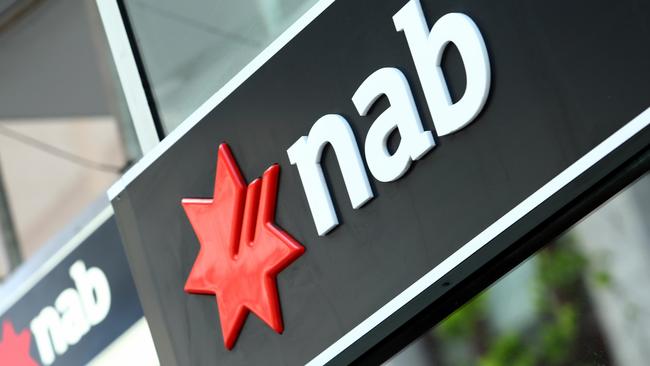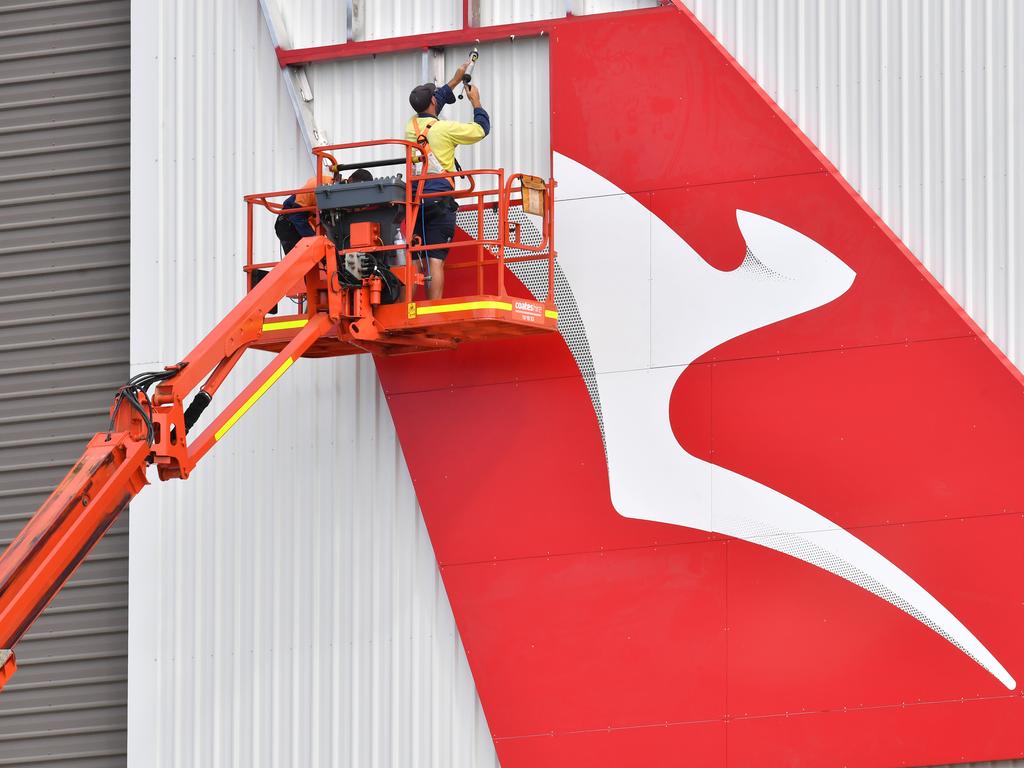Projects cut at NAB to focus on customer needs during coronavirus crisis
NAB boss Ross McEwan says it is ‘mission critical’ for everyone in the banks to be working to support customers.

National Australia Bank chief executive Ross McEwan has jettisoned marginal internal projects to throw all available resources at the bank’s frontline operations.
NAB’s move came as Commonwealth Bank reported another spike in the number of customer inquiries concerning home-loan repayment deferrals from 15,000 on Tuesday to 25,000, as well as a huge increase in cash deposits from businesses put into lockdown.
“We’re trying to deal with the day-to-day issues and set ourselves up so we can continue to serve our customers if this continues for three to five months,” CBA retail boss Mr Sullivan told The Australian.
“Branch traffic is slowing and it’s a lot more efficient if we’re able to deal with inquiries through digital channels.”
In a note to staff on Wednesday, Mr McEwan said the bank’s executive leadership team had decided to focus on 20 programs and call a halt to a further 100 as soon as possible.
While contractors and third parties would take a hit, NAB intended to work on “what matters, not working everything”.
“We are making necessary decisions to ensure we get through this and are in the best position we can be when we come out the other side,” the note said.
“I know you’ve heard words like that before, but the current situation makes prioritisation more than a goal. It makes it a necessity.”
The most urgent priority was to help staff in contact centres, branches, business banking centres, NAB Assist, fulfilment, operations and other customer-facing roles, because these areas were being “inundated” with customer enquiries.
Like its rivals, NABhas been forced to temporarily close some of its branches due to staff having to care for their children as a result of school lockdowns.
CBA, however, attracted the wrath of the Finance Sector Union due to the permanent closure of three branches – one in each of NSW, South Australia and Queensland.
“Branch closures are a slap in the face for the community and local businesses struggling to stay afloat,” National assistant secretary Nathan Rees said.
CBA responded that the proposed closures were advanced before the coronavirus reached pandemic levels, and no staff would be losing their jobs as a result.
The fracas with the union came as the Australian Banking Association clarified with all state governments that they regarded banking as an essential service.
This meant branches could remain open through lockdowns.
In a late surge on Wednesday, major-bank shares rallied strongly amid reports that the US Congress had reached agreement on a $US2 trillion stimulus plan.
ANZ Bank led the pack, spiking $1.72, or 11.6 per cent, to $16.57, with National Australia Bank up $1.39, or 9.7 per cent, to $15.79, Commonwealth Bank jumping $5.40, or 9.5 per cent, to $62.40, and Westpac increasing $1.34, or 9.2 per cent, to $15.85.
In other developments, ratings agency Standard & Poor’s warned that the nine-month recovery in property prices in Sydney and Melbourne could come to an end due to weak demand, despite low interest rates.
S&P said the combination of high household debt and high prices exposed the Australian banks to the possibility of a sharp correction in property prices, especially in an economy weakened by the coronavirus.
“Although outside our current base case and economic forecasts, a more severe and prolonged economic downturn could precipitate such a scenario, which would trigger credit losses significantly above our current estimates, and consequently weaken the creditworthiness of the Australian banks,” the agency said.
“(But) we consider that the fiscal and monetary support announced by the Australian authorities in the past two weeks, in combination with hardship relief measures announced by the banks, should cushion the blow from COVID-19 to property prices, and consequently the banking sector.”







To join the conversation, please log in. Don't have an account? Register
Join the conversation, you are commenting as Logout